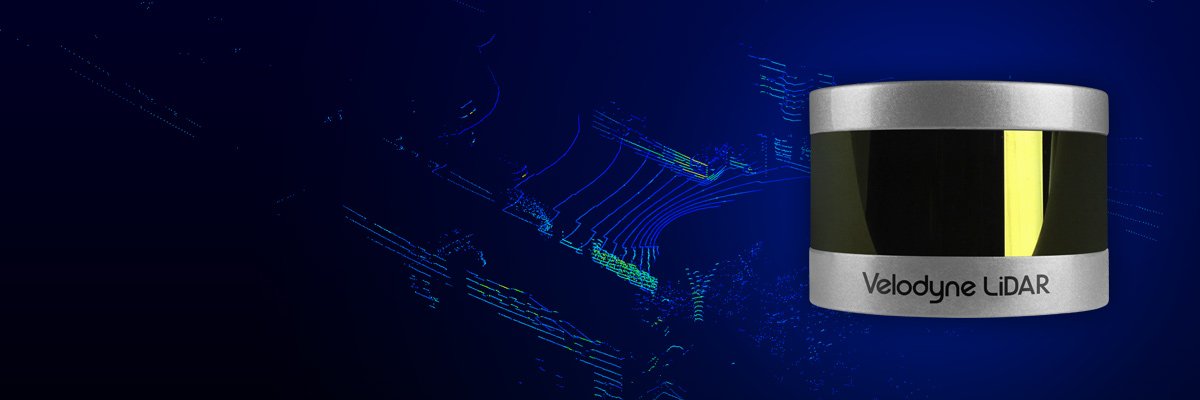
Velodyne Puck (VLP-16)
Request a quoteHighly resilient 3D LiDAR sensor with no visible rotating parts
With the smallest form factor in the Velodyne product range, the VLP-16 LiDAR scanner, otherwise known as the “Puck”, was developed at a cost-effective price with mass production in mind, particularly for autonomous vehicles, robotics and industrial automation.
It retains the key features of Velodyne’s breakthroughs in LiDAR sensors: Real-time, 360° view, 3D distance and calibrated reflectivity measurements. The Puck (VLP-16) does not have visible rotating parts, making it highly resilient in challenging environments (rated IP67) whilst operating over a wide temperature range (-10°C to +60°C).
 The Velodyne family of LiDAR scanners are CE marked to provide assurance that they meet required European legislation.
The Velodyne family of LiDAR scanners are CE marked to provide assurance that they meet required European legislation.
Technical specification
- Dual return capability
- 16 lasers (channels)
- Low power consumption (~8 W)
- Light weight 830g
- Compact footprint 103mm x 72mm
- Field of View: 360° horizontal field and a 30° vertical field of view, with ±15° up and down
- Class I eye safe
- Wavelength: 903nm
- Range: Maximum up to 100m, recommended 80m
Recommended applications
Autonomous automotive
Velodyne LiDAR’s Puck 3D LiDAR sensor is utilised in automotive vehicles to generate 3D maps/images in real-time traffic environments.
Autonomous industrial vehicles
Using LiDAR to autonomate industrial vehicles is the next frontier in innovation to help improve supply chain efficiency. The Velodyne VLP-16 / HDL32-E LiDAR sensors have been used to displace wall-mounted reflectors or in-floor guidance systems. Implementing Velodyne LiDAR sensors reduces sensor count, simplifies design, reduces commissioning time and lowers labour costs.
Download the VLP-16 Forklift AGV Application brief.
Port automation
For ship profiling bulk measurements, material handling and logistics
Velodyne VLP-16 3D / HDL32-E LiDAR sensors provide wide area coverage and may be utilised to automate ports to load and unload containers from ships to trucks. Three-dimensional LiDAR sensors are changing automation’s best practices in bulk material ship transfers by offering a complete spatial view; this provides better, faster measurement data which is easier to model in a more productive way.
Download the VLP-16 Port Automation_Ship Profiling Application brief.
Download the VLP-16 Port Automation Application (Material Handling) brief
Marine applications
Unmanned Surface Vessels (USVs) require a high degree of perception, for safe navigation.
With hydrographic surveys combine data above the water surface using LiDAR with simultaneous mutibeam echo-sounders below the surface. Save time and money and provide the complete picture.
Robotics
Help robots navigate their surroundings with object detection, identification and object avoidance.
Price indication £
(Relative to the full Velodyne product portfolio)
Downloads and media
- Velodyne Puck (VLP-16) Datasheet
- Product improvements to the Velodyne Puck (VLP-16)
- Compare the Velodyne Puck with other LiDAR sensors in the Velodyne product range
- Case study: Find out how StreetDrone are using the Velodyne Puck for their autonomous Twizy in urban environments
- Case study: Velodyne Puck used to create a realistic interaction with a hologram of a Holocaust survivor
- Mapix technologies sponsor and mentor winning Edinburgh University Formula Student autonomous race car team
- Case study: TrimBot2020 robot that can prune roses and bushes
- Case study: Seabed has optimised dredging operations using LiDAR
